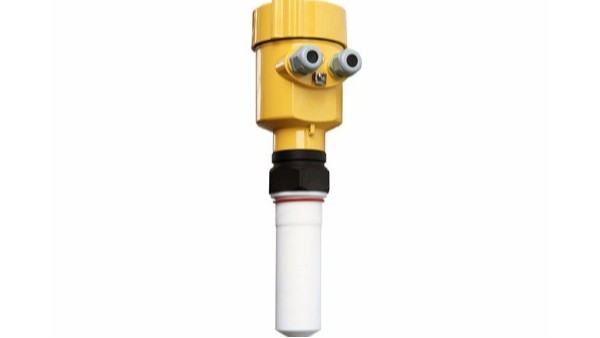Ship cargo level measurement is an important part of the ship transportation process, and the accurate measurement of liquid level is crucial for the safety and efficiency of cargo transportation. In ship level measurement, a radar level meter is a commonly used measurement tool, which is characterized by accuracy, reliability, and adaptability.

There are some difficulties in level measurement in the ship’s cargo hold:
1. Ship’s fluctuation and swaying: Ships are affected by waves and ship movement during the voyage, which leads to fluctuation and swaying of level meters. These external disturbances may affect the accuracy of level measurement.
2. Multi-compartment level measurement: A ship’s cargo hold usually consists of several separated compartments, each of which requires level measurement. In multi-compartment level measurement, it is necessary to ensure that the level measurement between different compartments is not interfered with by each other.
3. Characteristics of liquids: Different types of liquids have different characteristics, such as viscosity, distillability, and so on. Some liquids may affect the measurement results of the level meter, which need to be calibrated and adapted to different liquids.
4. Ship’s structural limitations: The structural limitations of the ship may affect the installation position and mode of the level meter. It is necessary to consider the internal structural limitations of the ship and ensure that the level gauge can accurately measure the height of the liquid.
5. Temperature and pressure effects: The liquid in the cargo hold of the ship may be affected by temperature and pressure during loading and unloading, which may lead to changes in the liquid level. This requires the consideration of temperature and pressure compensation in level measurement.
6. Liquid infiltration: For some liquids, such as oil, chemicals, etc., there will be an infiltration effect on the material of the level meter, resulting in errors in the measurement results.
In this case, it is necessary to choose the suitable material for the level meter or take corresponding sheathing measures.
These difficulties need to be taken into account in the measurement of liquid level in the cargo hold of a ship, and corresponding technical measures and strategies should be taken to improve the accuracy and reliability of the measurement.

Radar level meter has the following advantages in the measurement of cargo tank level in ships. The radar level meter has high precision measurement capability.
This is very important to ensure accurate loading and unloading of cargo to avoid overloading or underloading of cargo. Multiple Liquid Adaptability: The radar level meter is suitable for the measurement of a variety of liquids, including oils, chemicals, water, and so on.
Regardless of the nature of the liquid, the radar level meter can provide accurate level measurement results to ensure that the cargo hold level is accurately mastered. Non-contact measurement: The radar level meter adopts a non-contact measurement method, which does not need direct contact with the liquid and avoids the problem of pollution and corrosion.
This is very important for the measurement of the cargo tank level of the ship, which can ensure the accuracy and durability of the measurement. Strong anti-interference ability: radar level meter has good anti-interference ability and can work stably in a complex ship environment.
Whether it is the ship’s vibration, bumps, or bad weather conditions, the radar level meter can provide reliable level measurement results.

Let’s take a look at a case of measuring the level of liquid in the cargo hold of a container ship using a radar level meter, which can accurately measure the level of liquids in the cargo hold of a container ship, such as water, fuel oil, or other liquids.
In this case, the radar level meter measures the height of the liquid level by transmitting and receiving microwave signals. The sensor is placed on top of the cargo hold and connected to a computer or control system via a wireless signal.
Container ship holds are often very large, so there is a need for a liquid-level measurement method that can monitor the level in real-time and provide remote measurement results.
Radar level meters meet the need for real-time monitoring of liquid levels in container ship holds through their high accuracy and range advantages.
